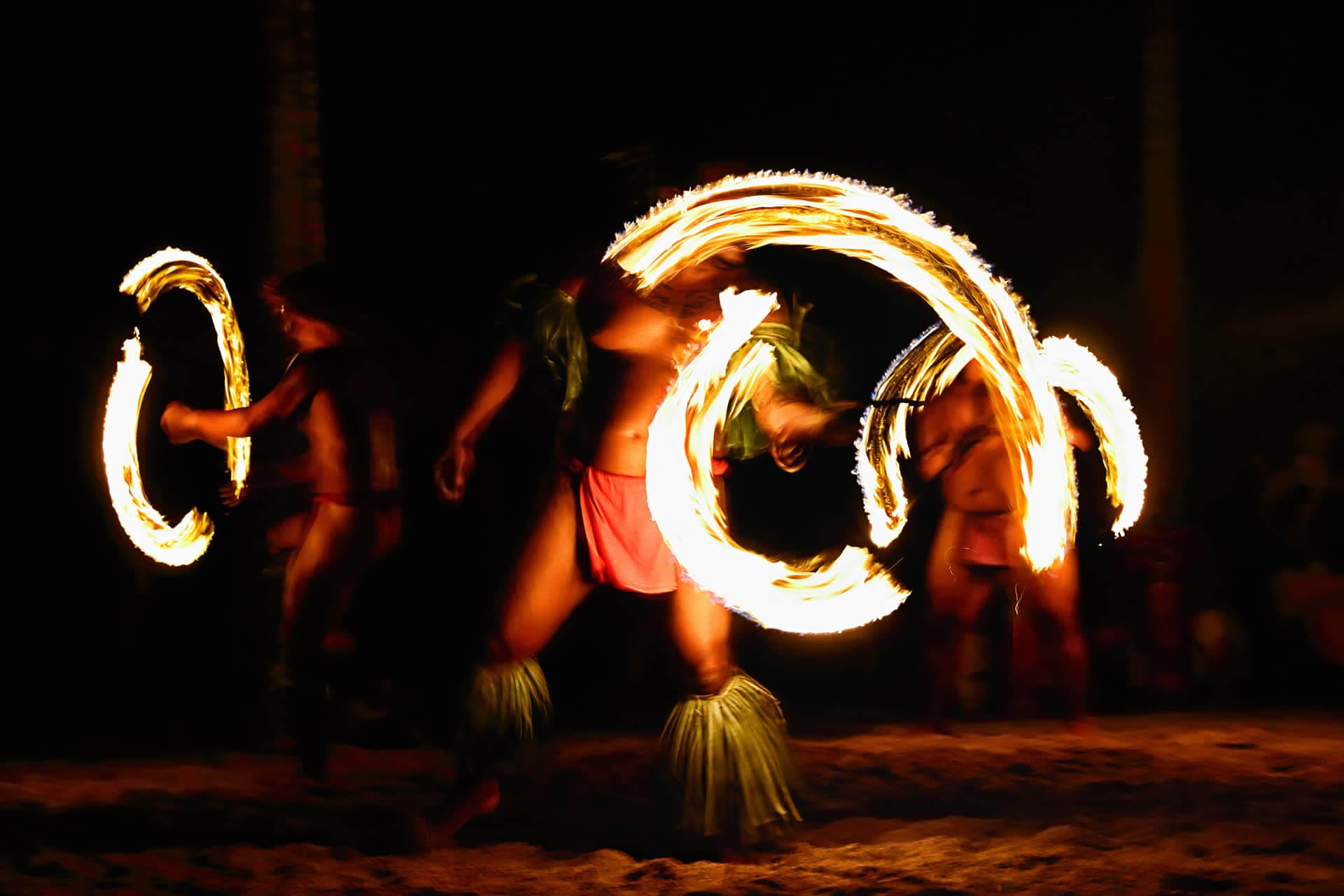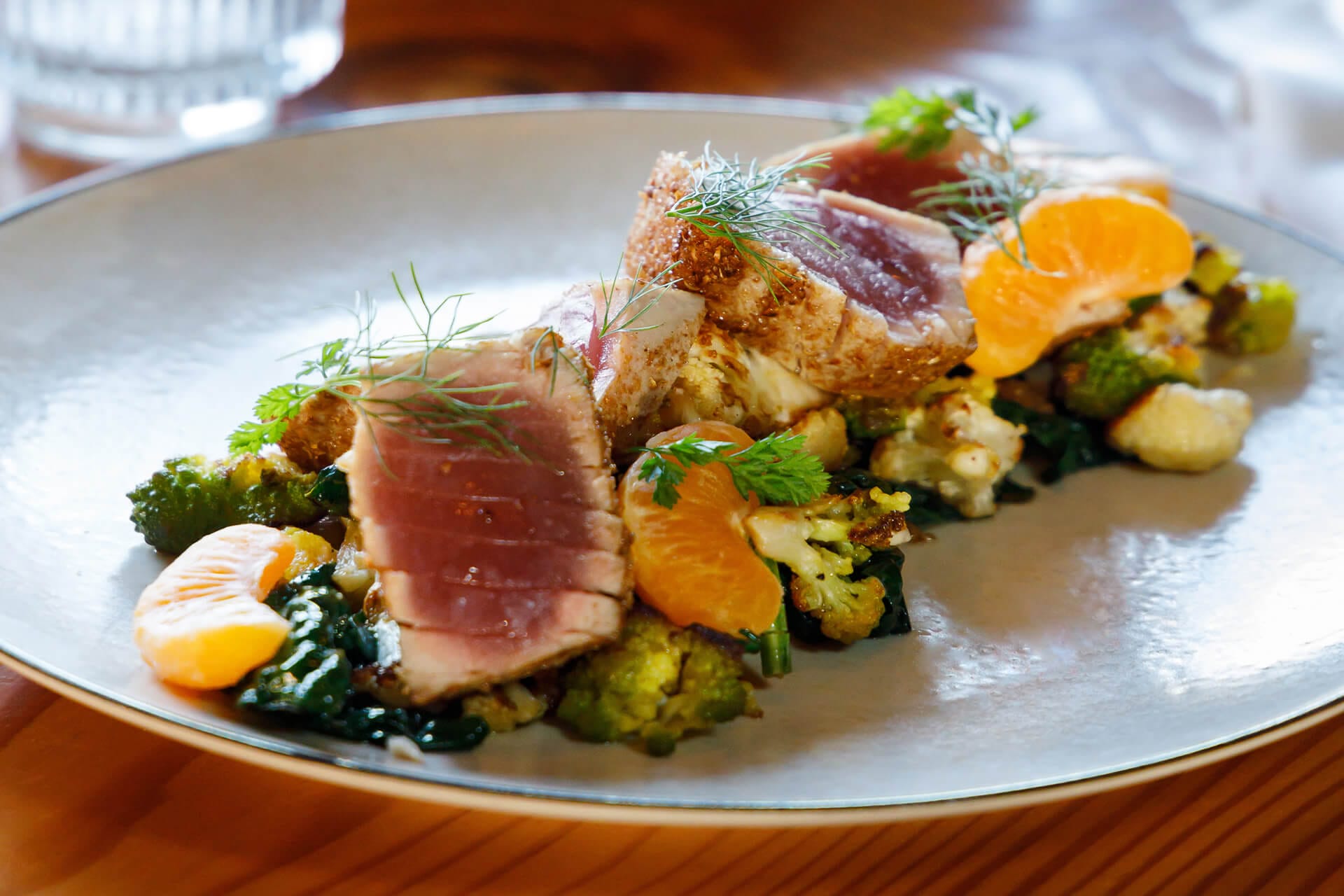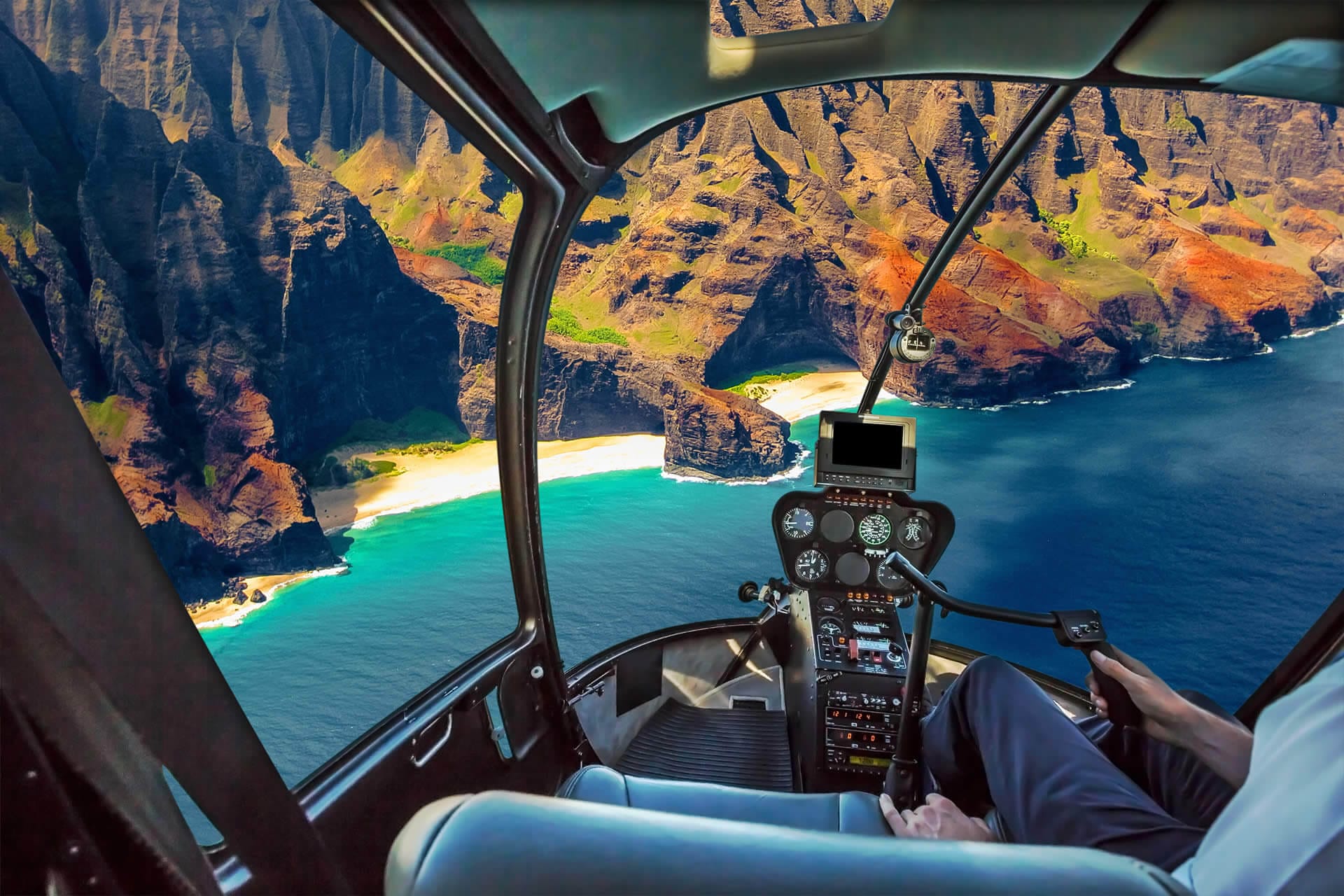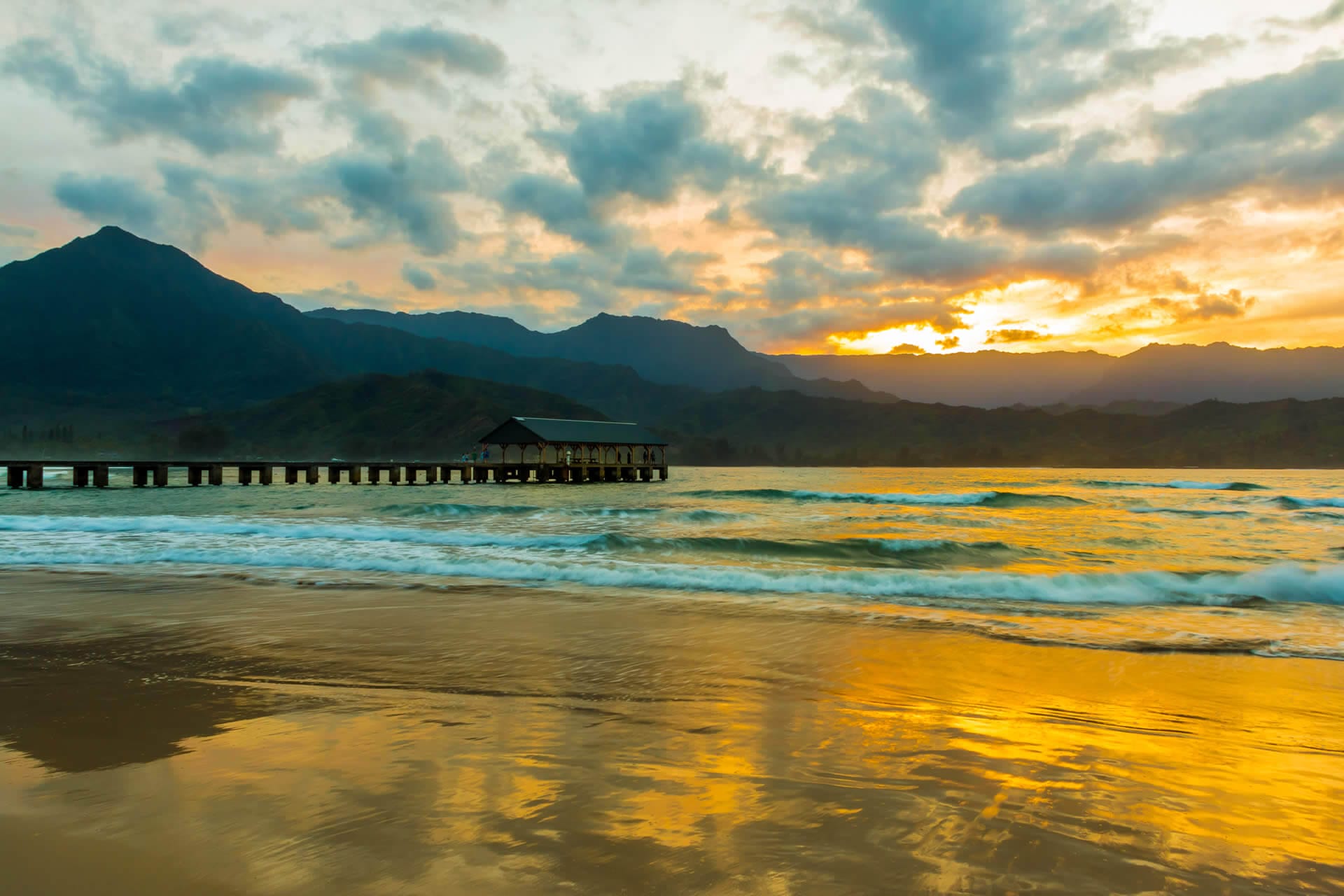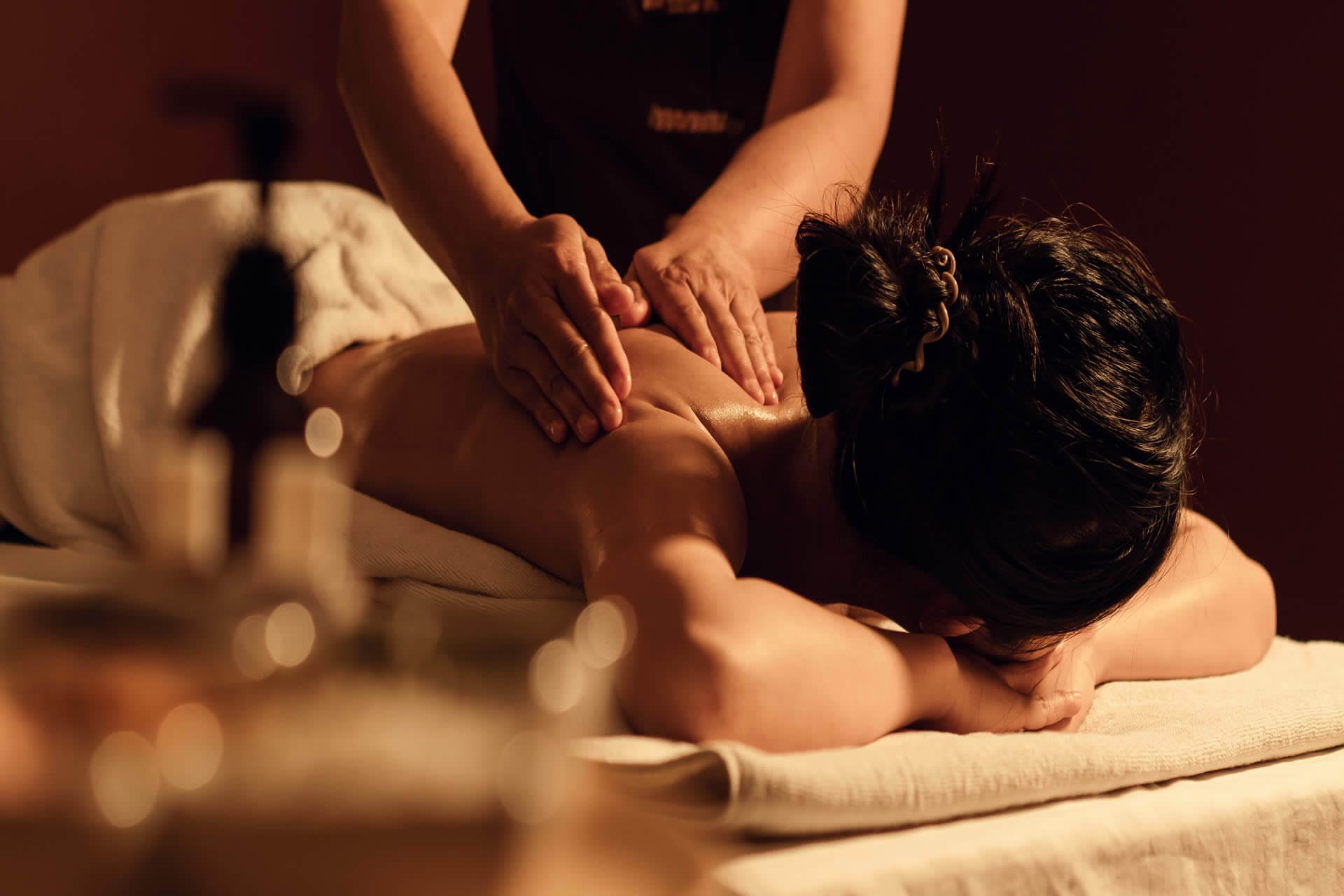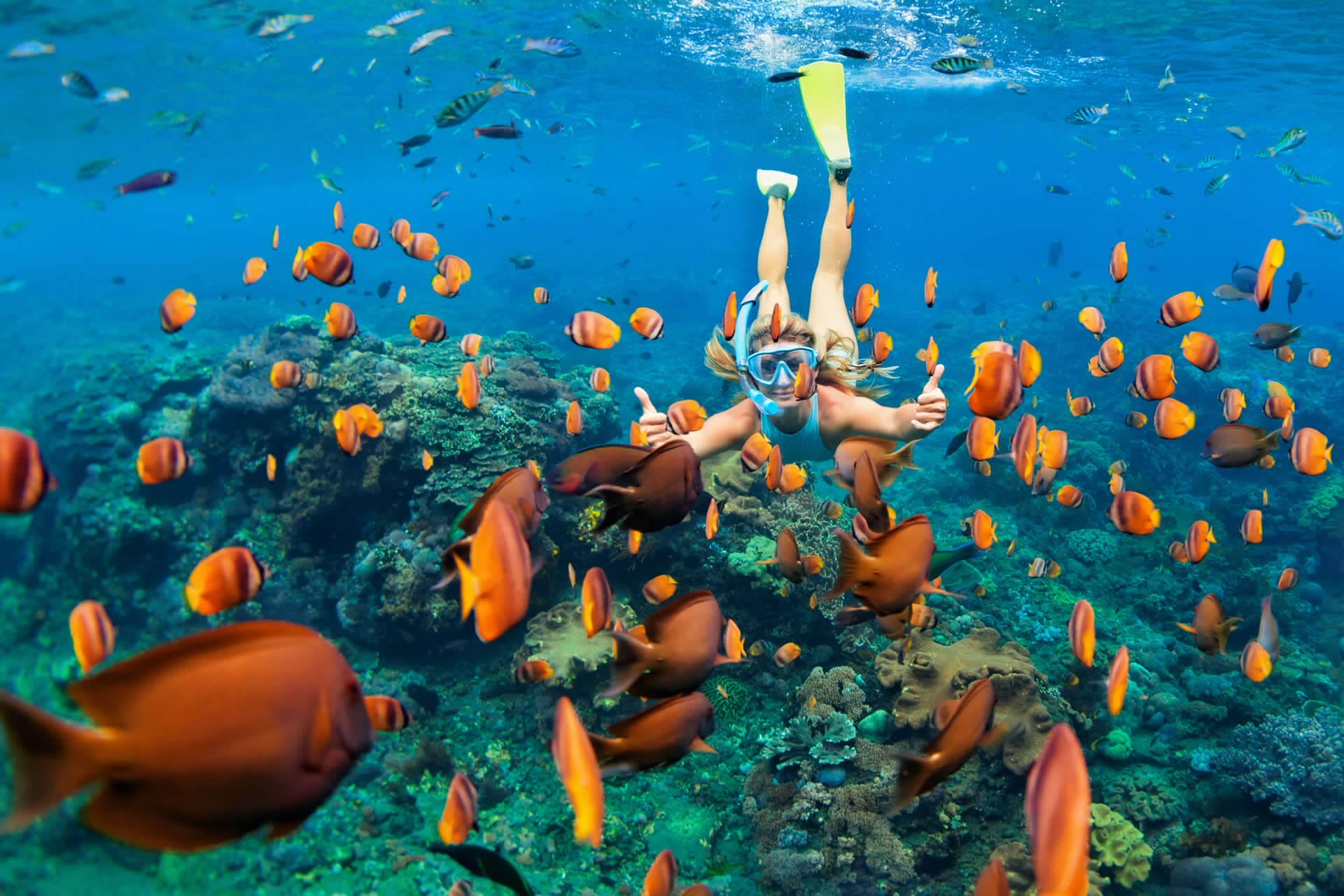Kauai, known as the “Garden Isle,” is a stunning showcase of Hawaii’s raw, natural beauty. With its lush rainforests, towering sea cliffs, and pristine beaches, the island offers an unparalleled experience for nature lovers and cultural explorers alike. What sets Kauai apart is not only its breathtaking landscapes but also the way its history and heritage are preserved within the natural world. From protected nature preserves to cultural landmarks, the island weaves history and ecology together in powerful ways.
If you like the experience of wandering through lush forests and gardens, you should take a look at our guided garden tour service.
Queen Emma’s Cottage
Nestled in the cool uplands of Lawai Valley, Queen Emma’s Cottage is surrounded by a verdant tropical garden that echoes the quiet majesty of old Hawaii. Once a summer retreat for Queen Emma, the wife of King Kamehameha IV, this modest wooden cottage offers a serene glimpse into royal life in the 19th century. The surrounding gardens, now part of the National Tropical Botanical Garden, burst with native plants and flowers, creating a living tapestry of color and life. The cottage, simple yet elegant, is framed by the lush greenery and mist-covered hills, making it a perfect blend of natural and historical beauty. The experience of walking the grounds is a reminder of how deeply Hawaii’s monarchy was connected to the land, valuing it not only for its resources but for its peace and healing.
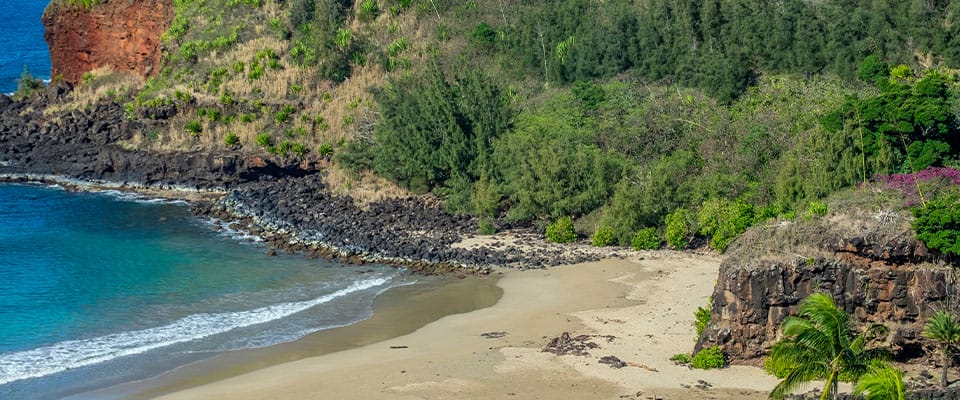
Koloa Heritage Trail
Equally enriching is the Koloa Heritage Trail, a 10-mile self-guided tour through one of Kauai’s most historically significant regions. The trail weaves through 14 cultural, historical, and geological sites, including ancient Hawaiian temples, plantation-era buildings, and geological wonders like Spouting Horn. Set within a landscape that includes coastal nature preserves and native flora, the trail allows visitors to walk through lava rock formations, beneath towering palm trees, and along the rugged coastline—all while uncovering stories of early Hawaiian life and the sugar industry that once thrived here. The trail invites a deeper connection to the land, making the scenery more than just beautiful—it becomes a narrative landscape filled with meaning.
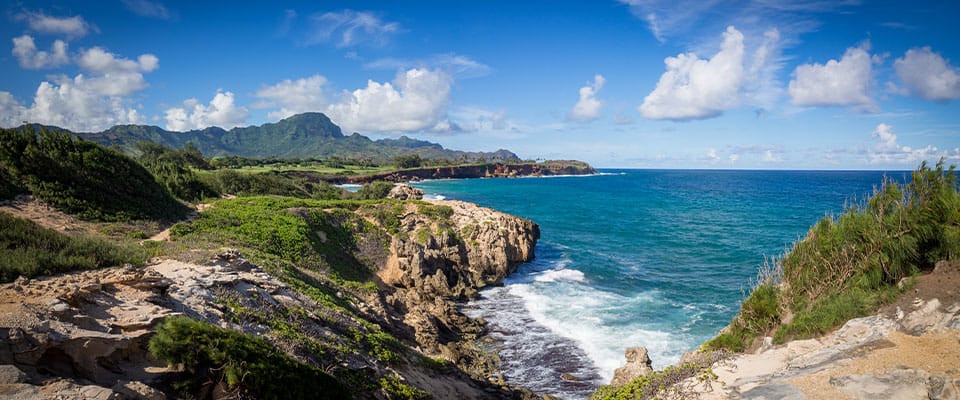
Kalalau Trail
The Kalalau Trail is a challenging and scenic 11-mile hike along Kauaʻi’s Nā Pali Coast, offering unparalleled views of lush valleys, towering sea cliffs, and pristine beaches. Starting at Keʻe Beach in Hāʻena State Park, the trail traverses five valleys before reaching Kalalau Beach. While the first two miles to Hanakāpīʻai Beach are accessible to day hikers without a permit, continuing beyond requires an overnight camping permit from the Hawaiʻi Department of Land and Natural Resources. The trail is renowned for its rugged terrain, including steep ascents, narrow ledges like the notorious Crawler’s Ledge, and unpredictable weather conditions.
Due to its remote and strenuous nature, the Kalalau Trail is best suited for experienced hikers in good physical condition. Permits for camping are limited, and reservations are required well in advance. Despite its challenges, the trail rewards adventurers with breathtaking landscapes and a sense of accomplishment upon reaching Kalalau Beach.
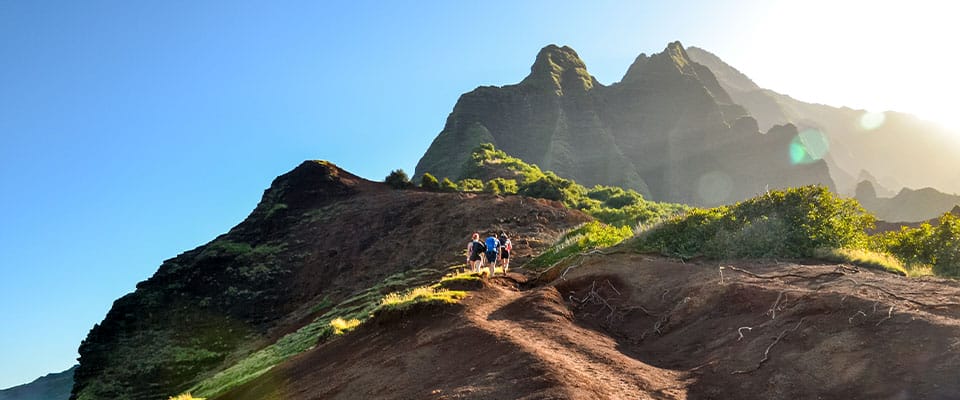
Menehune Fish Pond
The Menehune Fishpond, also known as Alekoko Fishpond, is a historic aquaculture site located near Lihue on the island of Kauai in Hawaii. Believed to have been built over a thousand years ago, the pond is attributed in legend to the Menehune, a mythical race of small people said to possess extraordinary engineering skills. According to Hawaiian folklore, the Menehune constructed the massive lava rock wall that encloses the pond in a single night. The fishpond was ingeniously designed to trap young fish from the Huleia River as they swam in with the tides, allowing them to grow in a protected environment before being harvested. Nestled within a broader nature preserve, the Alekoko Fishpond stands today as a testament to the ancient Hawaiians’ deep knowledge of sustainable aquaculture and remains an important cultural and archaeological site.
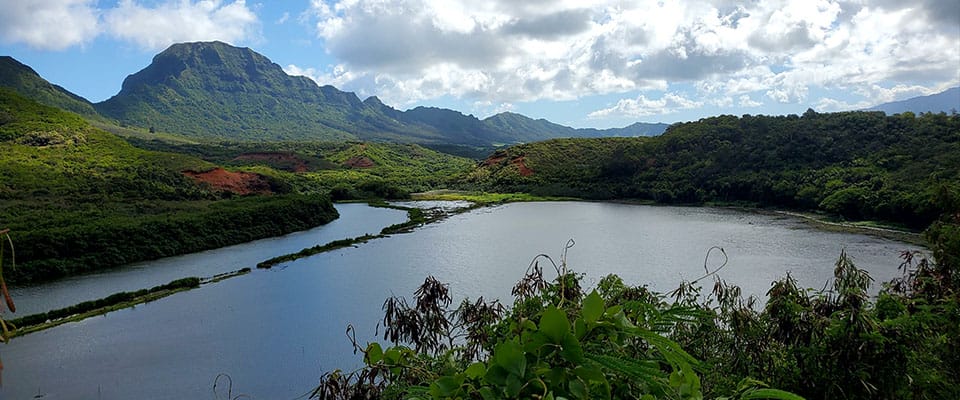
Wailua Falls
Wailua Falls is a stunning waterfall located on the island of Kauai in Hawaii, renowned for its dramatic beauty and easy accessibility. Cascading in two powerful streams from a height of about 80 feet (though some estimates say closer to 200 feet), the falls plunge into a picturesque pool surrounded by lush tropical vegetation. Situated near the town of Līhuʻe, Wailua Falls is easily viewable from a nearby lookout, making it a popular stop for visitors traveling along Maalo Road. Nestled within a broader nature preserve connected to the Wailua River system, the area is rich in both natural splendor and cultural history. The falls gained national attention after being featured in the opening credits of the 1970s television series Fantasy Island. Wailua Falls is part of the Wailua River system, which holds cultural and historical significance as a sacred area once reserved for Hawaiian royalty.
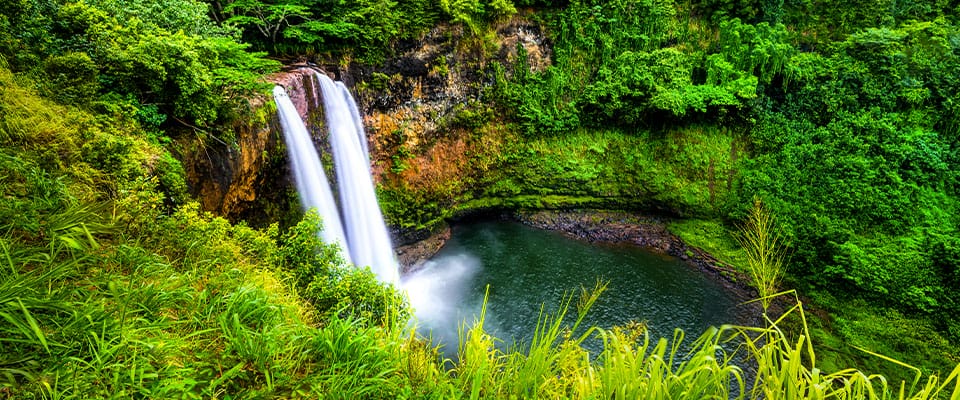
ʻŌpaekaʻa Falls
ʻŌpaekaʻa Falls is one of Kauai’s most accessible and picturesque waterfalls, located along Kuamoʻo Road (Route 580) in the eastern part of the island. The falls cascade about 150 feet into a hidden pool below, surrounded by a lush, green valley that captures the natural beauty of the Garden Isle. Nestled within one of the island’s scenic nature preserves, the area reflects the rich biodiversity and serenity that define Kauai’s landscapes. The name ʻŌpaekaʻa means “rolling shrimp” in Hawaiian, a reference to the freshwater shrimp that were once seen tumbling in the stream. The falls can be viewed from a conveniently located roadside lookout, offering a safe and scenic stop for travelers exploring the Wailua River Valley. While hiking to the base of the falls is currently restricted due to safety concerns, the overlook provides a breathtaking view that makes ʻŌpaekaʻa Falls a must-see destination on Kauai.
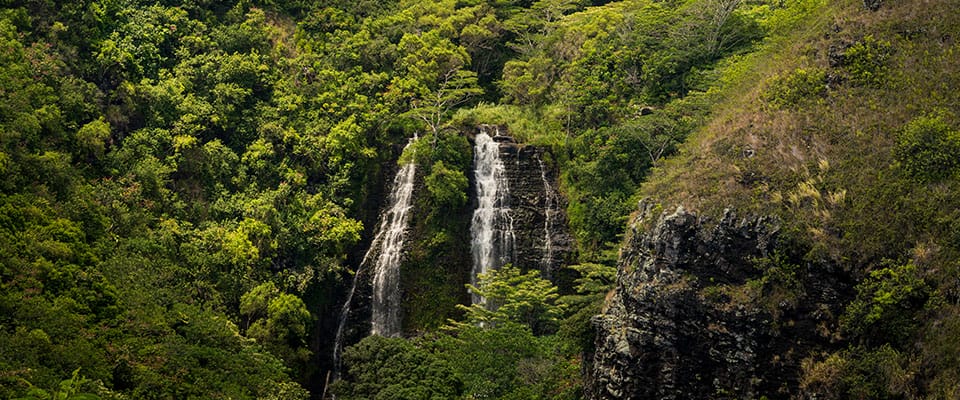
Stone Dam
The Stone Dam is a historic structure located near the town of Kilauea on the north shore of Kauai. Built in the late 1800’s by plantation workers using hand-cut stone, the dam was designed to divert water from the Kalihiwai Stream to irrigate the surrounding sugarcane fields of the Kilauea Sugar Plantation. Its elegant craftsmanship and enduring design stand as a testament to the ingenuity and labor of the island’s early agricultural era. Today, the dam is part of the Wai Koa Loop Trail, a scenic path that winds through lush forests, open pastures, and the beautiful Mahogany Plantation—an area now embraced as part of Kauai’s growing network of nature preserves. The Stone Dam is not only a peaceful and picturesque spot to relax or picnic, but also a place of cultural and historical significance, quietly telling the story of Kauai’s plantation past.
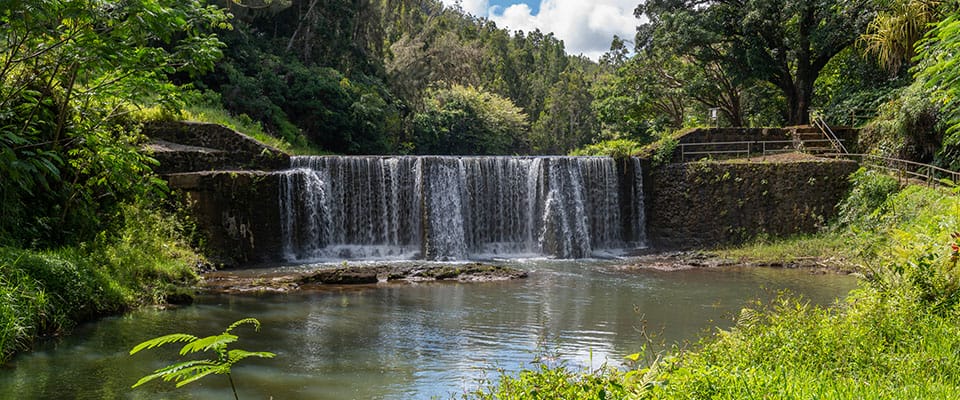
Hanapepe Swinging Bridge
The Hanapepe Swinging Bridge is a historic pedestrian suspension bridge located in the charming town of Hanapepe on the island of Kauai, Hawaii. Originally constructed in 1911, the bridge was designed to facilitate the movement of residents, particularly schoolchildren and farmers, across the Hanapepe River. The bridge’s distinctive design features wooden planks suspended by steel cables, creating a gentle swaying motion that adds a sense of adventure to the crossing. Over the years, the bridge has undergone several restorations, including significant repairs after being damaged by Hurricane Iniki in 1992. Today, it remains a beloved landmark, offering visitors a unique glimpse into Kauai’s past and providing a picturesque setting for photos and leisurely strolls. The surrounding area is home to art galleries, local shops, and eateries, making it a delightful stop for those exploring the island’s west side. Whether you’re seeking a touch of history, a scenic view, or a bit of local culture, the Hanapepe Swinging Bridge offers a memorable experience for all who visit.
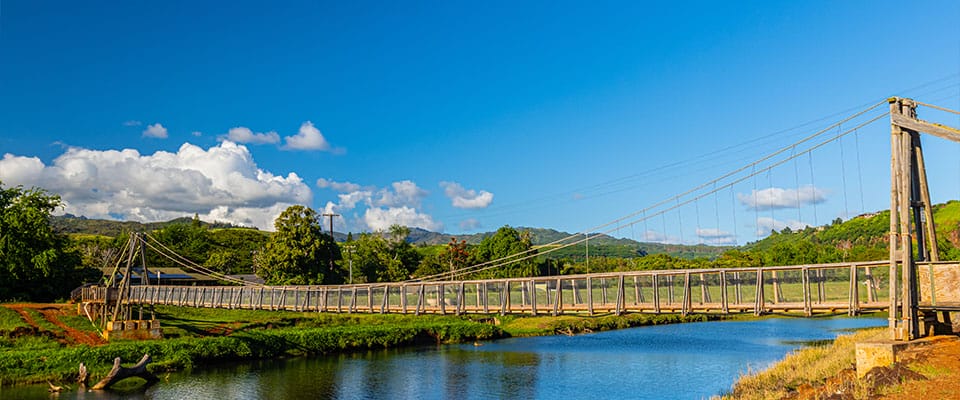
Keahua Arboretum
Keahua Arboretum, nestled in the lush rainforests of East Kauai, offers visitors a serene escape into nature. Located along Kuamoʻo Road near Wailua, this 30-acre arboretum is part of the Lihue–Koloa Forest Reserve and showcases a diverse collection of native and introduced plant species, including the striking rainbow eucalyptus trees renowned for their vibrant, multicolored bark. Surrounded by one of Kauai’s many nature preserves, the area provides ample opportunities for outdoor activities such as hiking, picnicking, and swimming in the cool mountain streams. Several trails, including the Kuilau Ridge and Powerline Trails, begin at the arboretum, leading adventurers through the rainforest to scenic vistas and waterfalls. Visitors can also enjoy the tranquil ambiance of the Wailua River, which meanders through the park, offering a peaceful backdrop for relaxation and reflection. With its combination of natural beauty and recreational options, Keahua Arboretum is a must-visit destination for nature enthusiasts exploring Kauai.
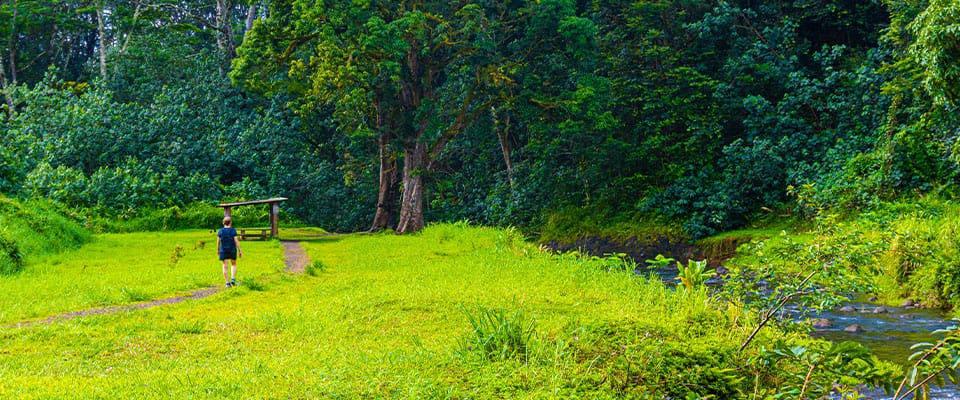
Hanalei National Wildlife Refuge Lookout
The Hanalei National Wildlife Refuge Viewpoint, which opened on April 30, 2024, offers visitors a safe and accessible way to experience the breathtaking beauty of Kauai’s Hanalei Valley. Situated along Kūhiō Highway in Princeville, this 5.4-acre site features two elevated lookouts that provide panoramic views of the valley’s patchwork of taro fields, the Hanalei River, Hanalei Bay, and the surrounding Halelea Forest Reserve. As a gateway to one of Kauai’s most significant nature preserves, the viewpoint serves as the primary public access point to the Hanalei National Wildlife Refuge. Here, guests can observe endangered and threatened species such as the koloa maoli (Hawaiian duck), ‘alae ke‘oke‘o (Hawaiian coot), and ‘alae‘ula (Hawaiian moorhen) in their natural habitat from a respectful distance. The site is open Tuesday through Saturday, from 9 a.m. to 3 p.m. Whether you’re a nature enthusiast, photographer, or simply seeking a tranquil spot to appreciate Kauaʻi’s natural beauty, the Hanalei National Wildlife Refuge Viewpoint is a must-visit destination.
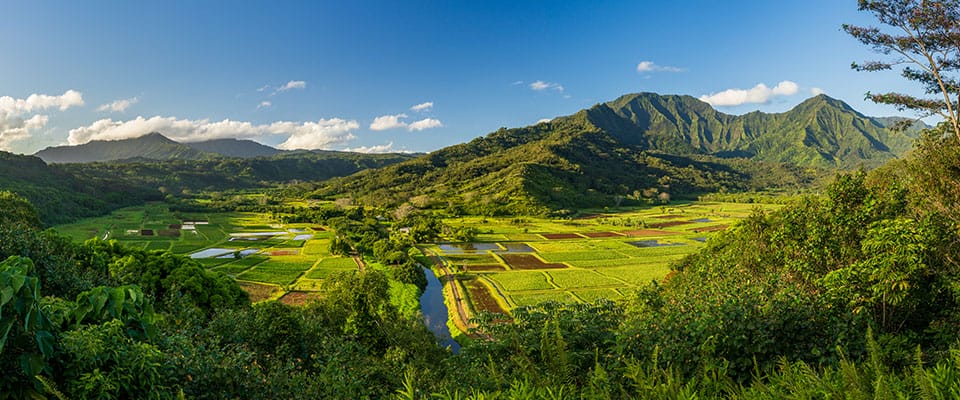
Interested?
Fill out the form below and one of our team members will contact you.


